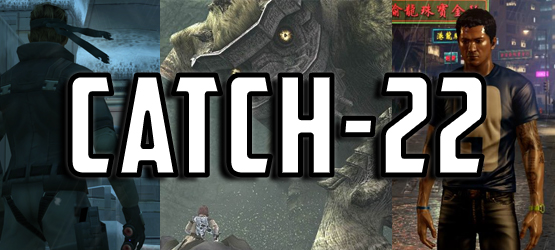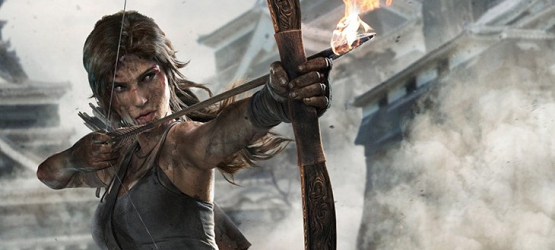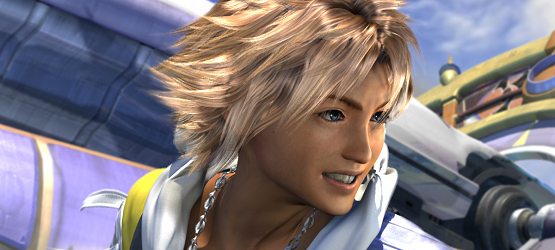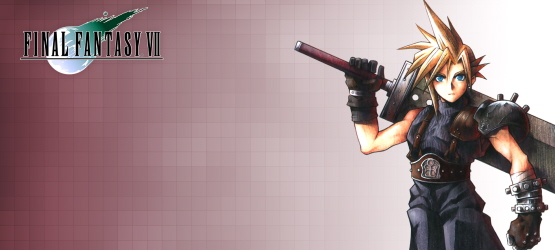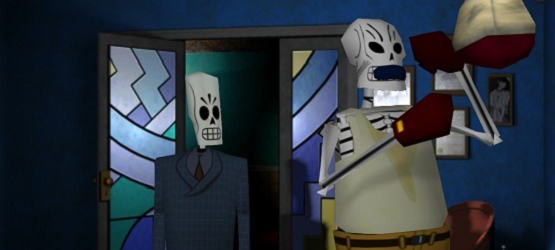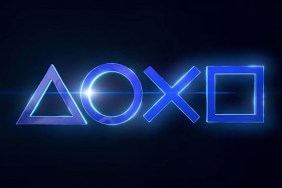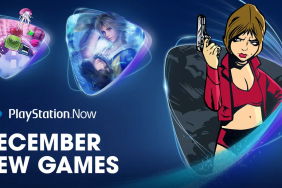Before the PlayStation 4 and Xbox One touched down in the market, there was an incredible pent-up demand for new hardware. Here was an industry that had waited seven long years for a new generation to kick off; for Sony and Microsoft to pull back the curtain on the Orbis and Durango in their finalised, consumer-ready form and pen a new chapter in video game history.
Features were promised. Piggy banks were emptied. And in keeping with generations past, launch-day software proved to be wholly unremarkable. But that’s not to say either console has been an out-and-out disappointment; after all, history has taught us that the race to establishing a piece of hardware through must-have games is a marathon, not a sprint.
Overall, though, transitioning from the seventh generation to the eighth hasn’t been as radical as, say, the technical leap from PSOne to PS2. Subsequently, not only are developers still working towards finding their rhythm on new tech — as evidenced by performance concerns and delays — publishers are also filling the void with remastered games in what has become one of this generation’s more intriguing subplots.
The Allure of Nostalgia
Quite often the video game industry is compared to cinema, and in this instance, the parallel does hold a degree of relevancy. Much like the celluloid remake, a video game re-release hones in on a known quantity that already boasts its own built-in audience. But strip away all of the superfluous bonus content and the reason many people relish the thought of revisiting old video games is the allure of nostalgia.
It is a wonderful, if at times deceitful emotion — one that only balloons as time passes. However, in the 80s and early 90s, bringing existing software to new platforms was seldom linked with nostalgia. During this age in particular, hardware was so distinct that the process of converting games from one system to another was a colossal undertaking, meaning that the likes of Space Invaders, King’s Quest and Leisure Suit Larry belonged to a very rare category of remakes.
Moreover, not all software lends itself to being remastered. Whether it’s dated mechanics or frustrating game design, if your once-treasured title doesn’t age well, it isn’t before you’re taking off your rose-tinted glasses and putting the pixels on display to question.
Two-Edged Sword
I came across this disheartening realization quite recently after picking up Final Fantasy X/X-2 HD for PlayStation 3. When Tidus and Yuna’s heart-wrenching tale first launched for the PS2, I was transfixed. Was it the best entry in the series? Not necessarily. Did it divide the franchise’s passionate fanbase? Absolutely.
Let’s not forget, FFX revolutionized Square’s legendary series with voice acting, wonderful music and an intriguing leveling system in the form of the sphere grid. Still, revisiting one of my favorite games with the benefit of hindsight knocked it from the pedestal I had excitedly lumped it on all those years ago. Infuriating side quests, localization that led to some awkward segments — not to mention THAT laughing scene — plus, was Tidus always so whiny?
It’s just one example, of course. But the bottom line is that we evangelize our greatest memories, unwittingly raising the bar of expectation so that when the opportunity presents itself to revisit an old game world — be it Spira or some other milieu — our perception is often skewed by those untainted memories that we hold near and dear.
There is a flip side to this argument, though, and it’s one that underpins the reason why these remastered compilations are growing in popularity. Citing my own personal experience with FFX, I was very much a purist when it came to Square’s RPG; I knew the game backwards, spending close to 200 hours exploring every inch of Spira and taking down the Dark Aeons one excruciating battle at a time.
That said, as part of the fanbase who had already experienced the game, I wasn’t the only audience that Square was appealing to by bringing the compilation to the PS3 replete with upgraded graphics and bonus content. (In fact, FFX is an example of a re-re-release, but we’ll get to that in a bit.)
Time is of the Essence
Not only do these re-releases provide newcomers with a modern opportunity to enjoy a game that passed them by first time around, in a console space devoid of traditional backwards compatibility, video game remasters can also be viewed as a means of preservation. Aside from the hot-button topic of film versus digital in cinema, archiving motion pictures is relatively straightforward, much like books, music and other forms of media. The video game, on the other hand, is prevented from standing the test of time due to ever-advancing technology.
It’s an inescapable dilemma, really, and through time the re-release has become one of the few answers to such a predicament.
More recently, this tactic can be traced back to Sony bringing the God of War collection to PlayStation 3 in order to ramp up excitement for God of War 3. It was by no means the first high-profile remaster — The Twin Snakes for GameCube, for example — but it did instigate or at least reinvigorate a trend in the industry. A trend that has seemingly snowballed year on year.
And amid this onslaught, it’s become clear that developers are treading a fine line between fan service and merely cashing in on a sure-fire hit.
Sleeping Dogs and Tomb Raider are perhaps the most notable culprits of this ploy. Square Enix long made it clear that both titles failed to meet lofty sales expectations upon launch, leading the publisher to revamp the visuals, slap on some bonus content, and release each remaster to kickstart a second boon in revenue. Cynicism aside, when a remake arrives on the scene less than two years after the original, it begs the question whether the port is even necessary in the first place.
Is 1080p/60fps Really Necessary?
Bringing a title to a new platform can’t be a mere cut and paste job if it is to succeed; rather, developers have to implement a novel feature that sets it apart from its originator. Take Grand Theft Auto V, for instance. Barely a year had lapsed between its debut on PlayStation 3 and Xbox 360 and Rockstar was gearing up to transition the wonderful world of Los Santos to next-gen systems with a never-before-seen nugget in the form of first-person mode.
Without a killer feature like this, it becomes difficult to garner excitement for any given re-release that doesn’t bring anything new to the table, and that apathy will only proliferate as the once-novel concept of bringing an existing property to new hardware becomes commonplace — predictable, even. Gone are the days when Super Mario All-Stars was released from left-field.
Heck, part of the reason that Final Fantasy VII still generates cries for a remake to this day is because almost two decades have past since the original release, allowing demand for a potential overhaul to develop organically.
It’s a conundrum, essentially. If developers continue to fast-track re-releases without allowing enough time to pass, thereby limiting the possible graphical leap due to current technology, will the industry witness more re-re-releases in the not-so-distant future? Consider the rumored Batman: Arkham Collection; if Rocksteady was to wait another five years and release the collection as a trilogy — sorry, Arkham: Origins — there would be a tangible demand to revisit the studio’s excellent rendition of Gotham City.
With this in mind, what happens in four to five years time when these remasters are eclipsed by bleeding-edge graphics? Will developers be coaxed into recycling existing IP again and again to keep up with ever-growing graphical standards? Time will ultimately tell.
Mind you, the oft-cited argument that remastering video games forces developers to allocate resources away from current projects is somewhat redundant when the vast majority of ports are handled by external studios such as Bluepoint Games. Teams that specialize in making the old new once more.
Where Does It End?
Besides, there’s evidently a market demand for these compilations, and it’s important to remember that for many, the PlayStation 4 will act as their first home console. Granted, Sony is implementing ways to circumvent the issue of backwards compatibility through the likes of PlayStation Now, but the re-release opens up the publisher’s impressive back catalogue through physical media that would have otherwise been out of reach.
It’s really a question of timing in the end. Double Fine rolled the dice in resurrecting cult adventure title Grim Fandango for the modern era, but it was a gamble that ultimately paid dividends, and it’s understood the studio is now exploring ways to bring back more software from its prestigious archive.
Perhaps, then, it is better to view the video game remake as a new iteration of an established property, as opposed to an out-and-out replacement. In essence, it offers developers the chance to revisit and strive to perfect mechanics and in-game systems with the benefit of hindsight, tweaking and fine-tuning the software for a new generation — along with the other aforementioned perks.
But let an appropriate amount of time pass before we herald the second coming.
When Super Mario All-Stars was brought back for NES, it felt special. However, the risk of novelty is overuse, and if developers continue to churn out definitive editions and the ilk without implementing new features or allowing an adequate amount of time to pass, that once-intoxicating magic of the remake will wear out — and fast.
Related Reading:
- Top 5 PS4 Remastered Games We Actually Want to See
- PS3 Exclusives That Demand a PS4 HD Remaster
- Remastered Video Games: Must-Haves or Cash-Grabs?
Video Game Remasters Gallery
-
Video Game Remasters: The Good & The Bad
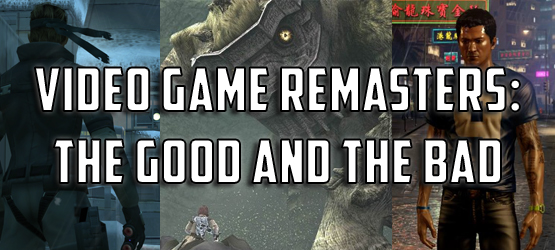
-
Old School Cool
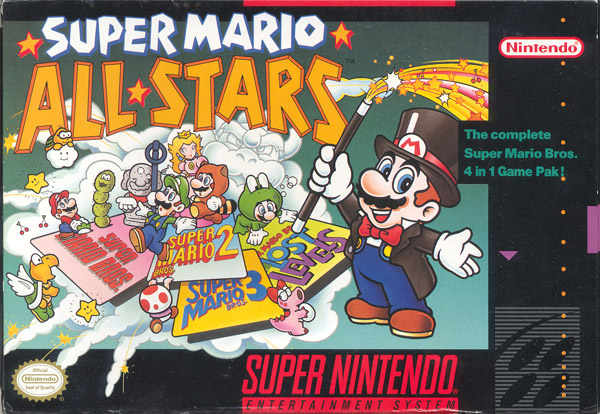
Super Mario All-Stars was one of the first compilations to be remastered for a new platform, back in a time when the concept was still relatively novel.
-
Doing Things Right
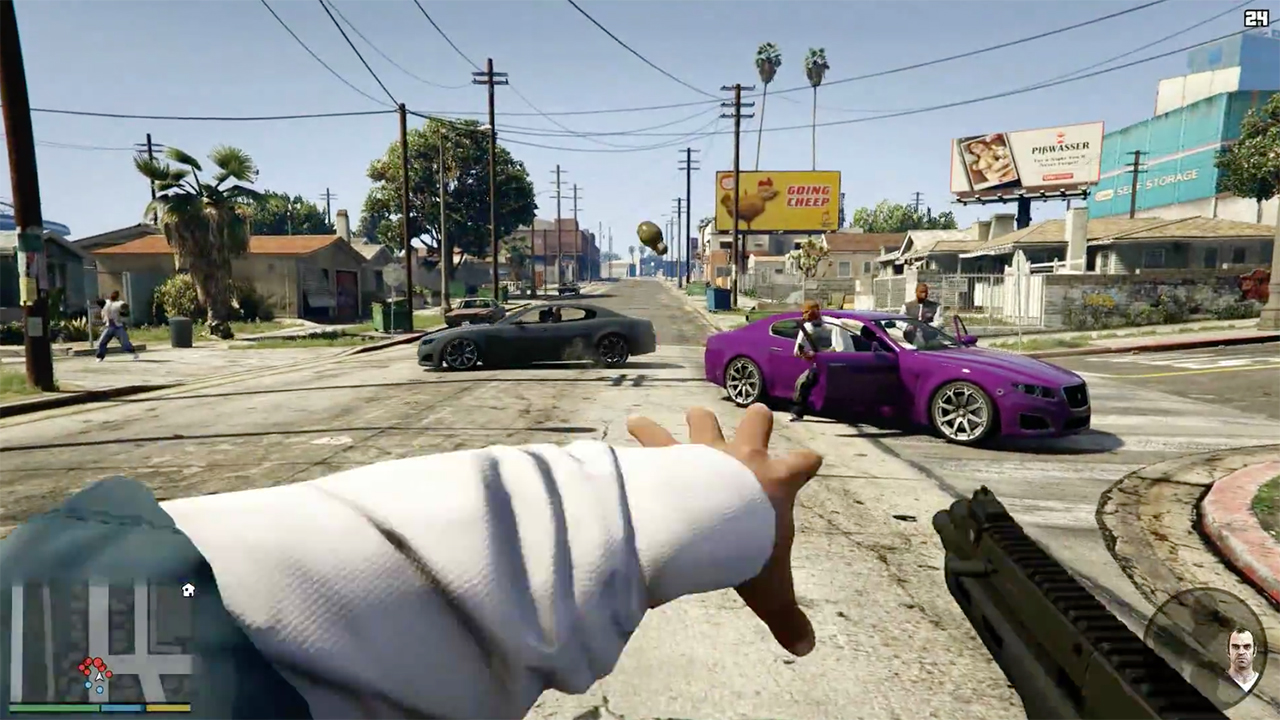
Rockstar brought something new to the table with the implementation of first-person mode in the current-gen version of Grand Theft Auto V, subtly coaxing players into double dipping.
-
The Twin Snakes
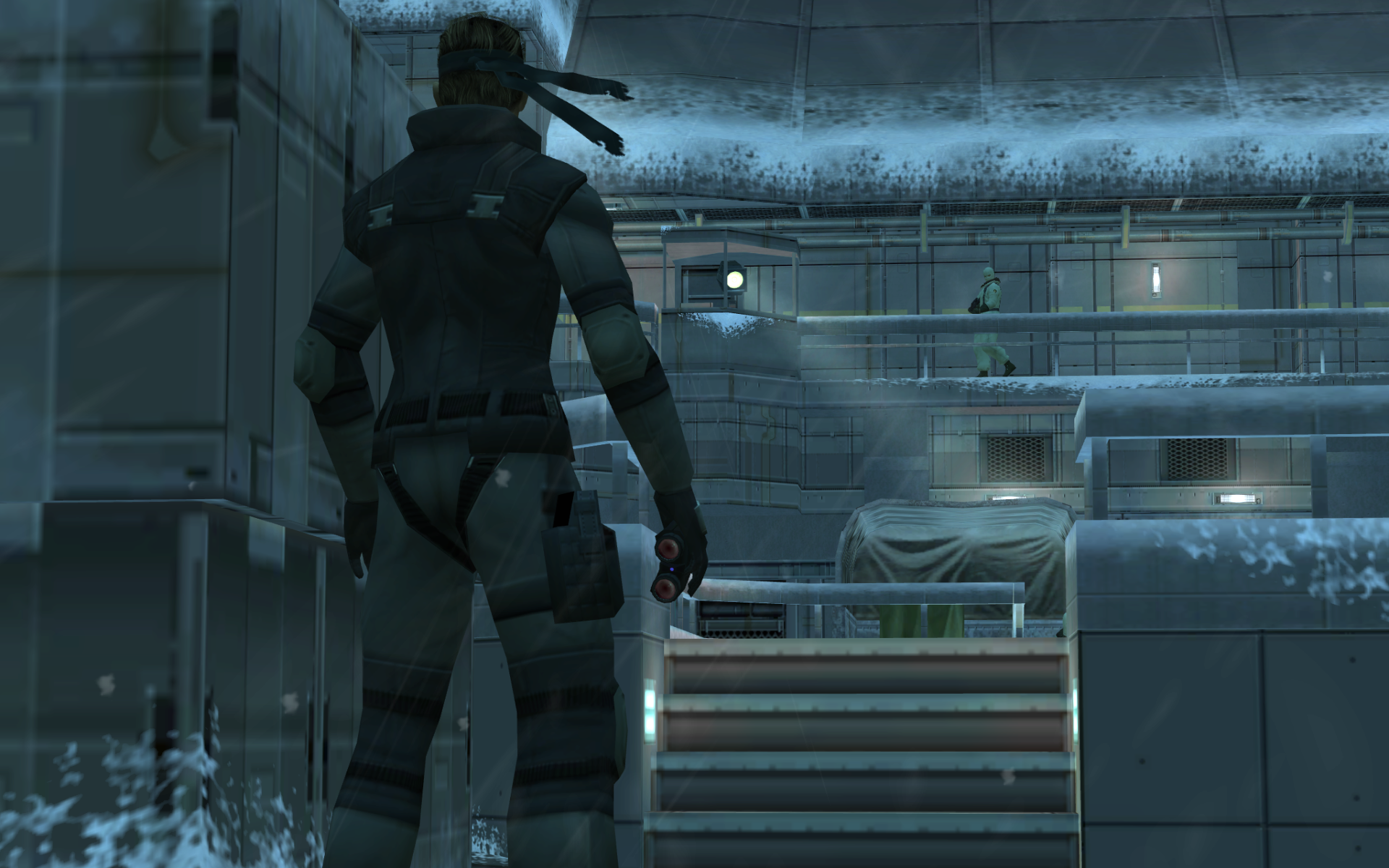
The Twin Snakes may have divided the Metal Gear fan base when it released on GameCube, but it was certainly an intriguing remake that stood out from the pack.
-
Play it Again (and Again), Sam

Final Fantasy X now belongs to a select category of games to be given the re-re-release. Will this trend become more commonplace in the future?
-
A Return to Gotham?
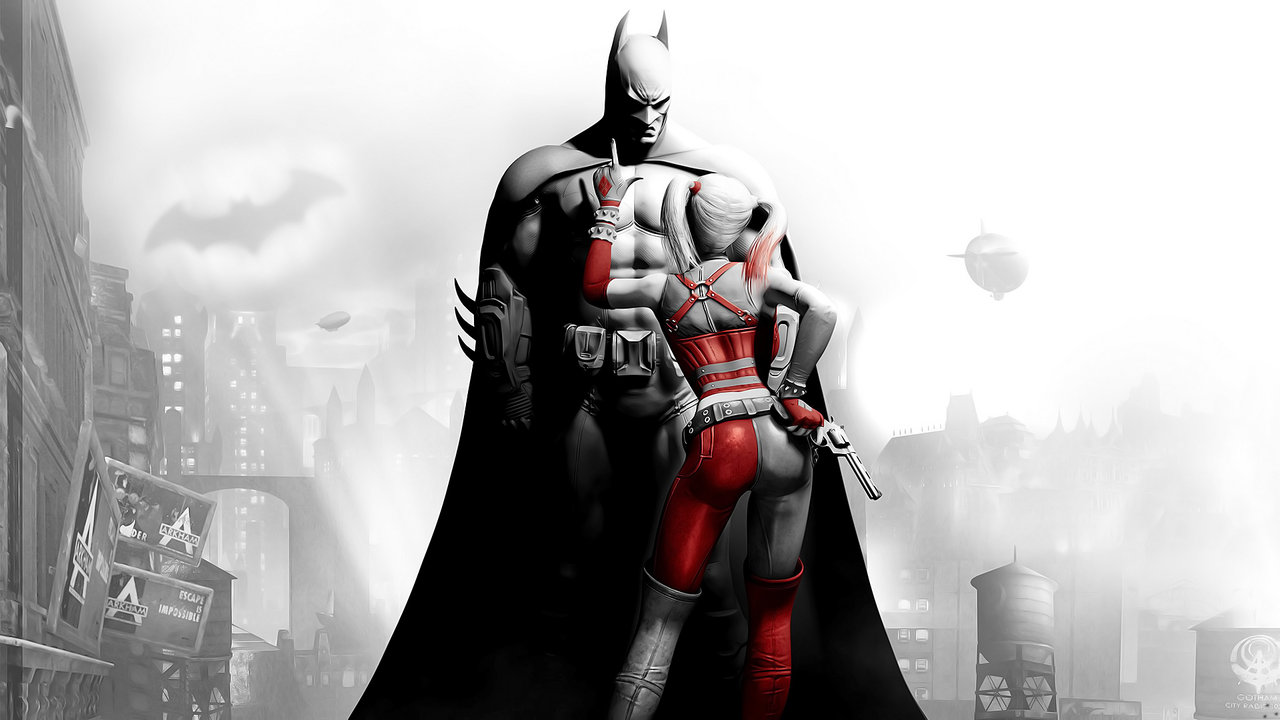
Following a slight delay to the conclusive Arkham Knight, all signs point to Rocksteady releasing a Batman: Arkham Collection later in the year.
-
Sleeping Dogs: Definitive Edition
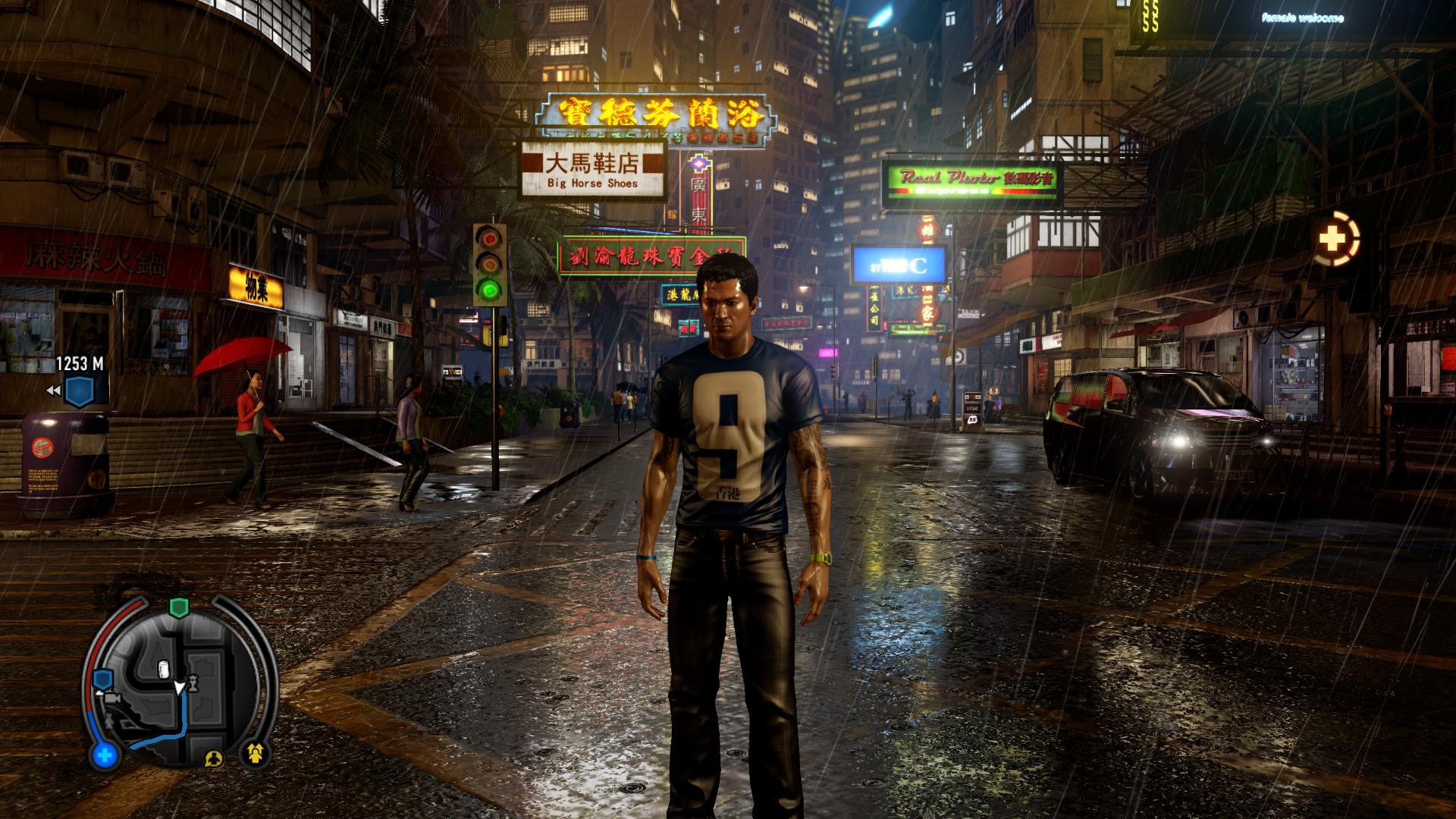
Much like Tom Raider: Definitive Edition before it, in arriving so soon after the original, this Sleeping Dog remaster errs towards double dipping rather than out-and-out fan service.
-
Team Ico HD Collection
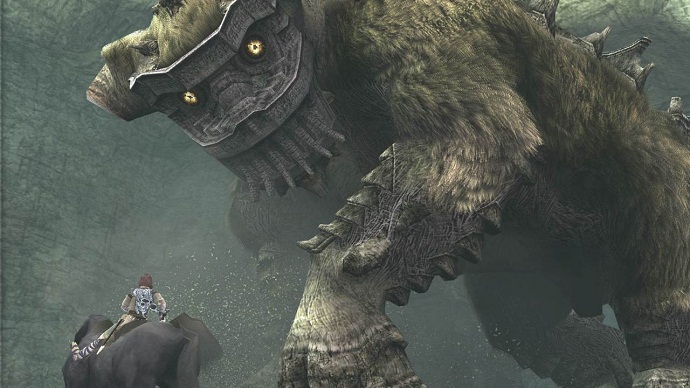
Team Ico went the Sony Santa Monica route in 2011 with the release of Ico and Shadow of the Colossus in HD. But there was no The Last Guardian follow-up to be found.
-
The Last of Us: Remastered
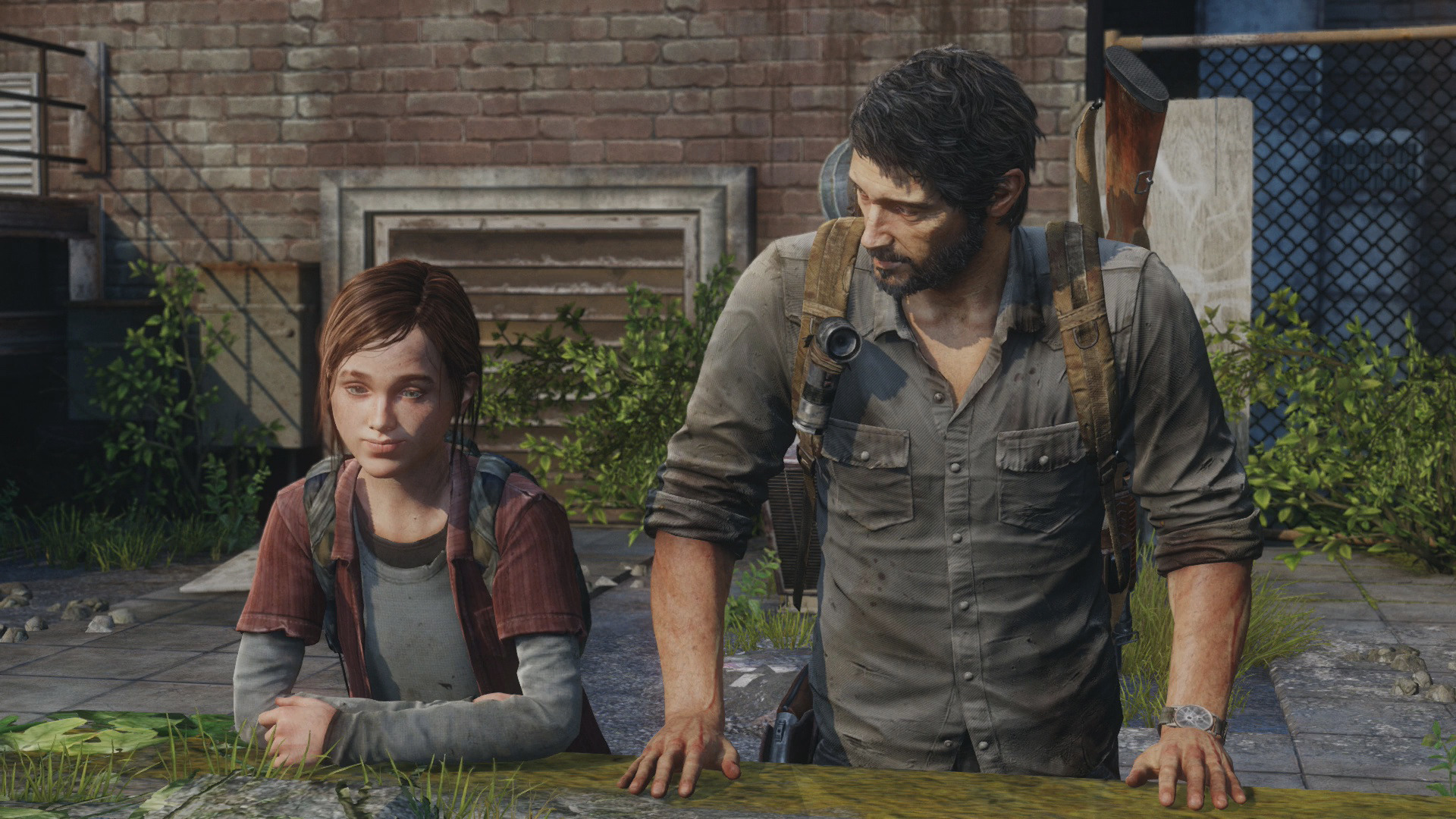
As one of the PS3's swan songs, it was almost inevitable that Naughty Dog would bring the tale of Joel and Ellie to PlayStation 4.
